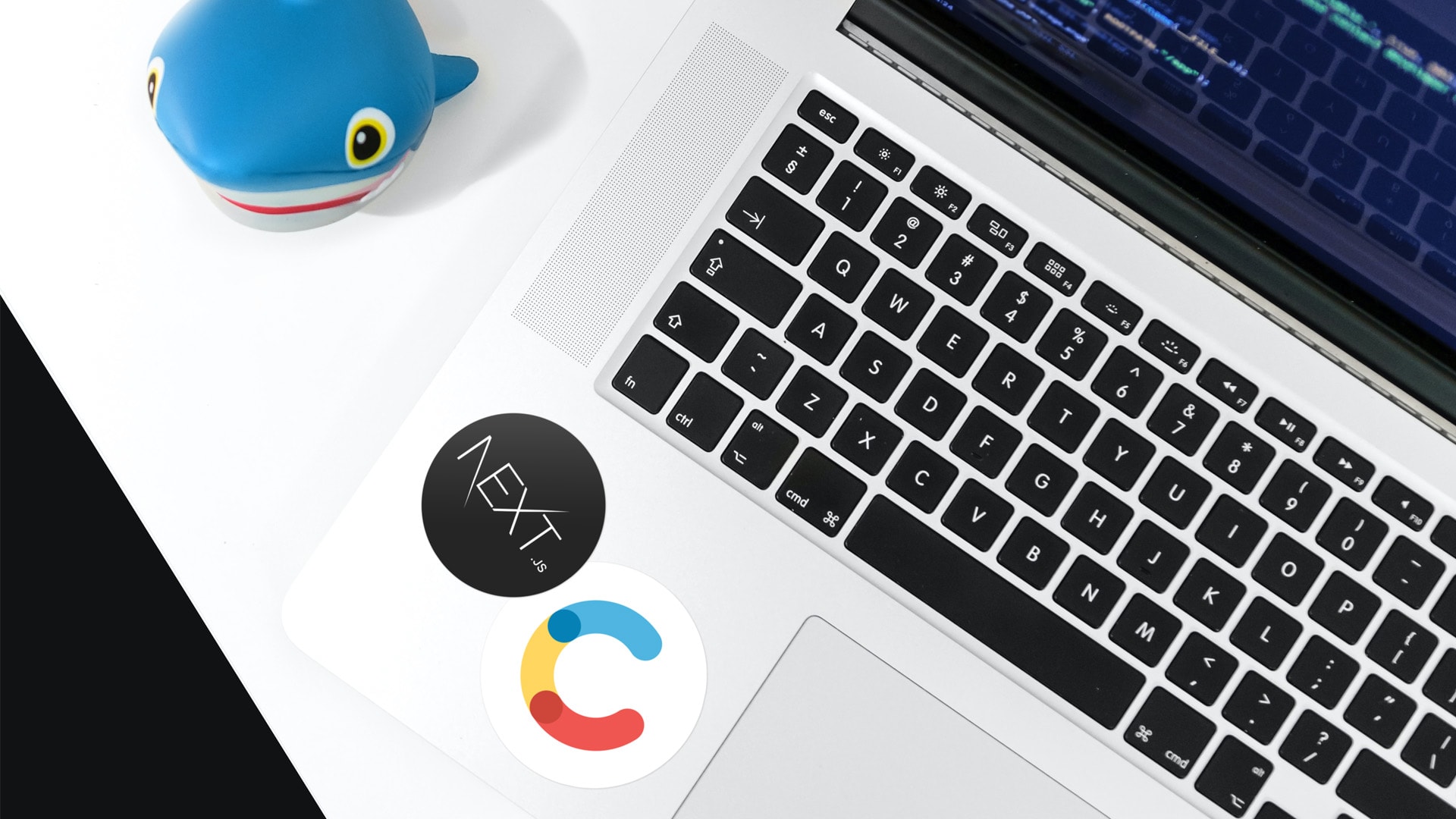Ben Hofferber

When building or migrating to a Headless CMS, we’re on a mission to deliver a simple interface to empower marketers. That simplicity is shown as an interface that provides a simple authoring experience that matches how the business thinks. On the technical side, that simplicity is driven by an architecture that can scale as our solution expands to encompass multiple lines of business or even multiple brands.

Abdella Ali and Ben Hofferber discuss the Angular team's new Standalone Components RFC (Request For Comment) and what it means for today's Angular architects.

I've never pursued learning much history. It turns out, trying to build websites on old computers is just the sort on old computers is just the sort of problem that I can firmly set some historic context around.

For many Product Owners or product team leaders, design systems still seem like a nice-to-have, rather than a must-have. Companies may have a design system implemented up to the point of a design kit (which aligns the work of designers within their own teams, but does little to support cross-functional work), or have multiple, mostly independent design systems that cover each of their products, which aren't helping with speed and scale for the overall business.

For those still using the JavaScript framework, it’s time to migrate your frontend to the modern Angular 11+, in order to avoid security risks and browser compatibility issues once the end-of-life date approaches.

Learning is a unique experience. It requires relating our previous background to new concepts and patterns. Those experiences are remembered specifically and each person recalls a concept a little differently. I remember a picture of a ball falling with labelled symbols, others might remember the equation, and some may remember the sounds of the physics hall. Recollection can be a little different and thus, learning requires varied approaches.

Web applications have been evolving dramatically in recent years and many techniques have evolved to help our applications run faster, respond quickly, and load easily. With a wide array of modern development techniques it’s easy to overlook all of the options. Server-side Rendering web apps is one such option that has really impressive benefits when implemented in our applications.

Successful web app development requires delivering strong communication between backend servers and frontend applications. The end client of an API needs to easily understand how to utilize the system to develop features and improve the application. REST (REpresentational State Transfer) has historically been used as the paradigm for this communication.


